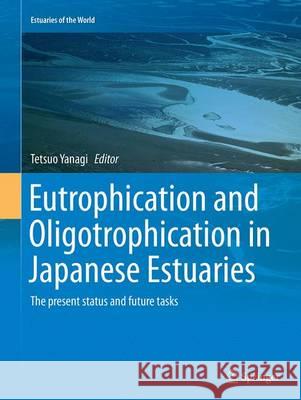Eutrophication and Oligotrophication in Japanese Estuaries: The Present Status and Future Tasks » książka
topmenu
Eutrophication and Oligotrophication in Japanese Estuaries: The Present Status and Future Tasks
ISBN-13: 9789402404364 / Angielski / Miękka / 2016 / 97 str.
Kategorie:
Kategorie BISAC:
Wydawca:
Springer
Seria wydawnicza:
Język:
Angielski
ISBN-13:
9789402404364
Rok wydania:
2016
Wydanie:
Softcover Repri
Ilość stron:
97
Oprawa:
Miękka
Wolumenów:
01











